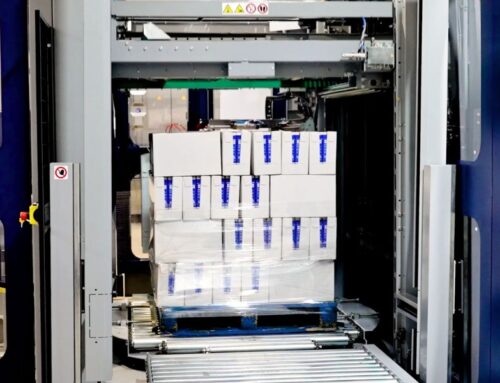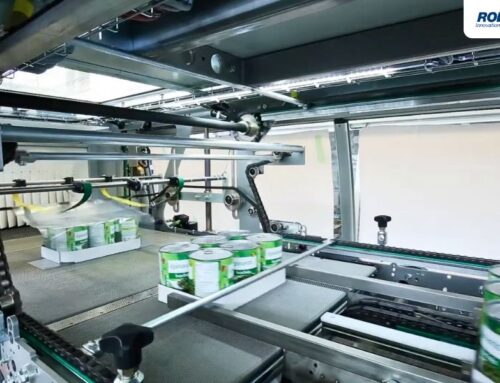Your packaging line’s level of automation can impact operational efficiency, costs, and scalability. Whether automation or manual packaging is best for you depends on your business’s specific needs and growth plans. If your production volumes are steadily increasing or labor costs are cutting into profits, it may be time to invest in semi-automatic or automatic machinery. Take a closer look at the factors that signal it’s time to invest in automation.
Cost
Automation requires a significant upfront investment in machinery and installation. These costs can be daunting for small businesses, but increased efficiency, faster turnaround times, and continuous production can lead to higher output and profitability. Additionally, reducing labor costs and minimizing material waste through precise application can recoup the investment over time.
On the other hand, manual packaging offers lower costs in terms of not purchasing a machine, making it a viable option for startups or small-scale businesses. However, the reliance on labor means ongoing labor costs can add up over time. Rising wages, employee benefits, potential work-related injuries, and training requirements could significantly impact your bottom line as your business grows.
Efficiency
Automated packaging thrives in environments requiring medium- to high-volume output. If you are wrapping more than 10 pallets per day, it makes sense to automate your stretch wrapping process. For example, automatic stretch wrappers can process between 30 to 200 pallets per hour. Semi-automatic stretch wrappers can wrap up to 35 pallets per hour. Machines can package products far more quickly than manual labor, making them well-suited for businesses with consistent, large-scale packaging needs. Maintenance and occasional technical issues can temporarily halt operations, so follow a maintenance schedule to reduce downtime.
Manual packaging is less efficient than automation, especially as production demands increase, but it works well for businesses with smaller workloads or highly variable order volumes.
Consider Semi-Automatic Equipment
Semi-automatic machines are perfect for businesses with lower throughput requirements, offering a balance between manual labor and full automation. Semi-automatic stretch wrappers, for instance, are an excellent choice for companies transitioning from hand-wrapping or old stretch-wrapping technology, as they are cost-effective and improve efficiency at a lower price than fully automated systems. These machines are easy to use and bridge the gap by increasing consistency and reducing worker fatigue while preparing for future growth.
Quality Control
With automation, packaging results are impressively consistent. Machines follow exact specifications, ensuring uniformity across every package. They can also process varied load types. For example, rotary arm stretch wrapping machines keep extremely tall, light, and heavy loads secure while wrapping.
Manual packaging presents challenges for maintaining consistent quality because of the variability that comes with human handling. Inconsistencies can lead to uneven sealing, wrong labels, or poorly wrapped packages. These issues can affect how your product looks and might not match what customers expect. To present a consistent brand image and offer the best product protection, switch to automation.
Considering cost, efficiency, and quality control will help you decide if automation or manual packaging is best for your business. Automation excels in medium- to high-volume settings, offering faster output and consistent results. On the other hand, manual packaging suits businesses with smaller workloads or limited budgets but can struggle under growing demand. Assess your budget, throughput, and growth potential to find the right fit for your packaging needs.







